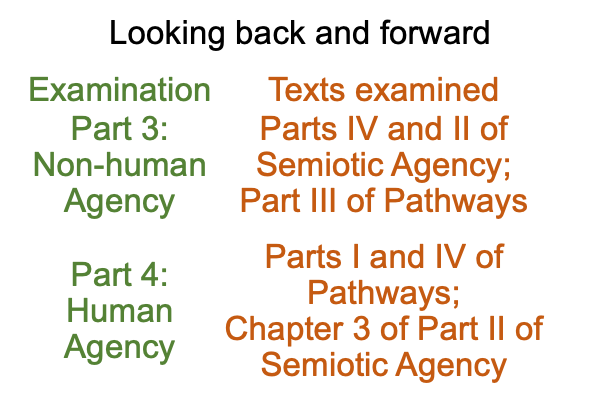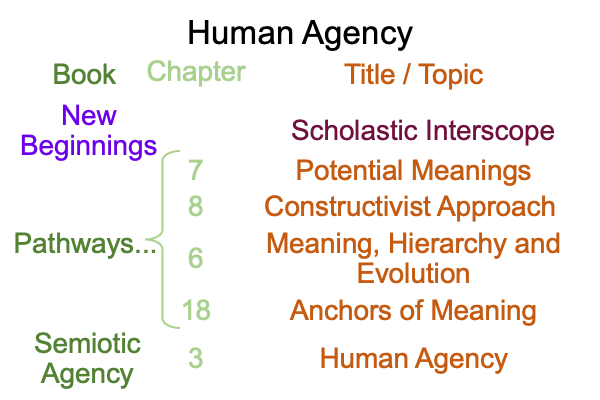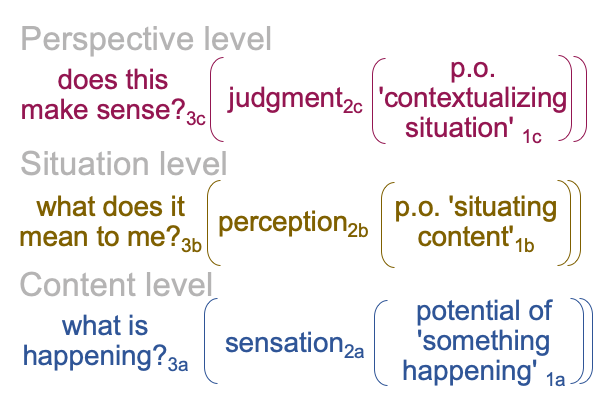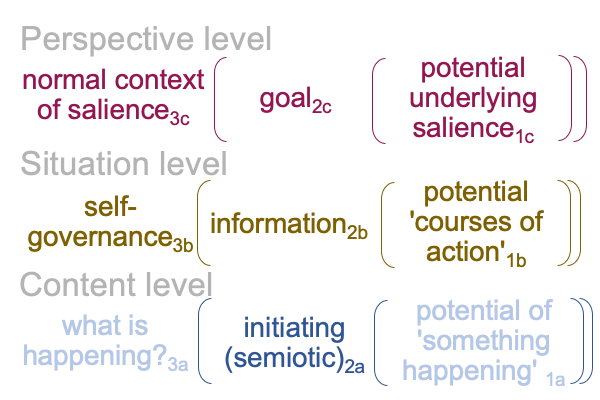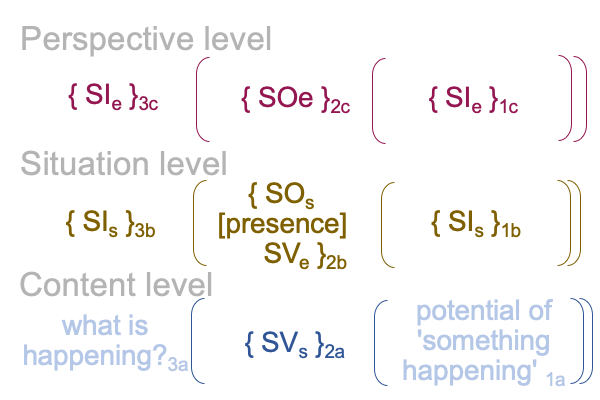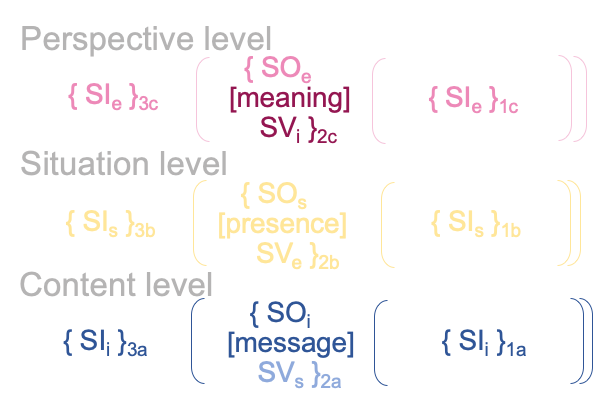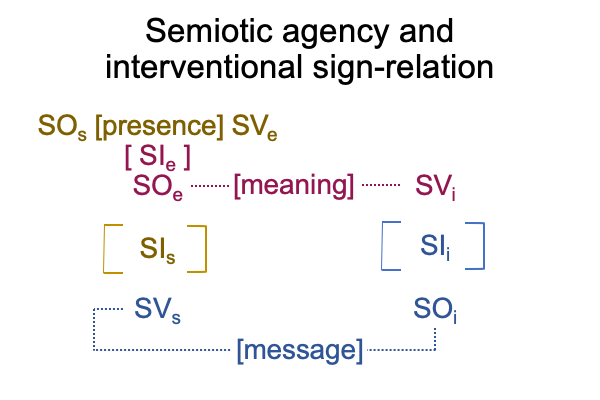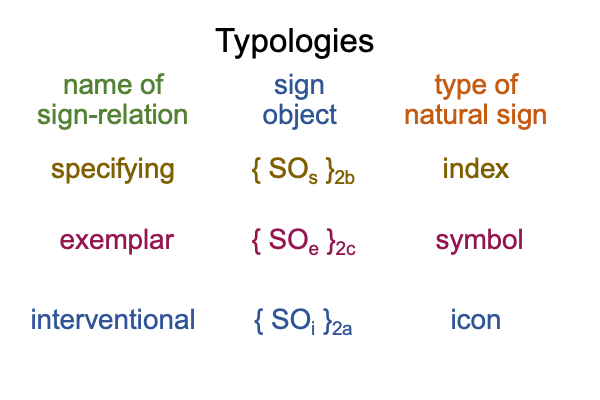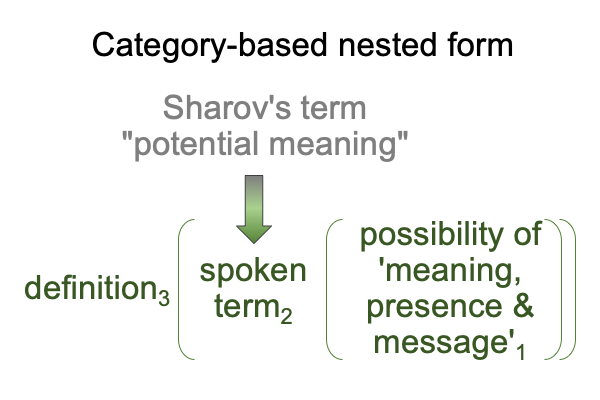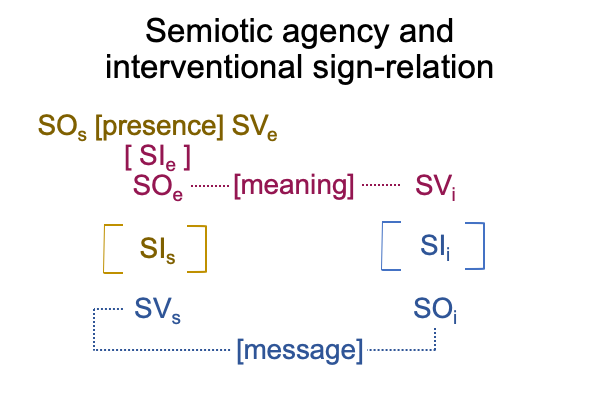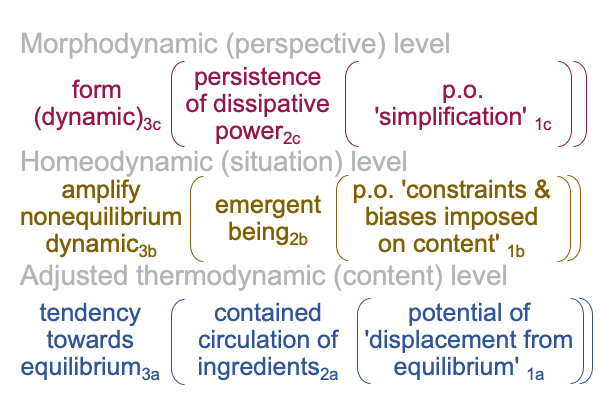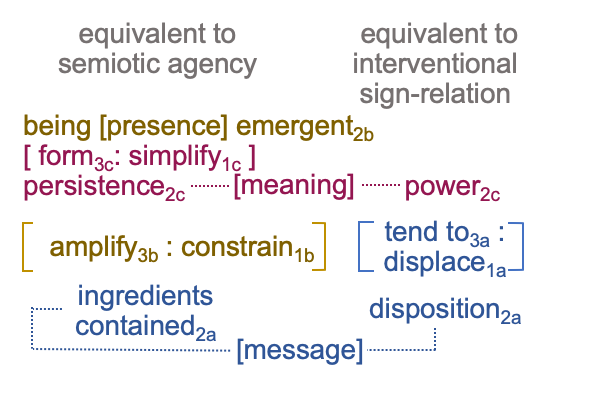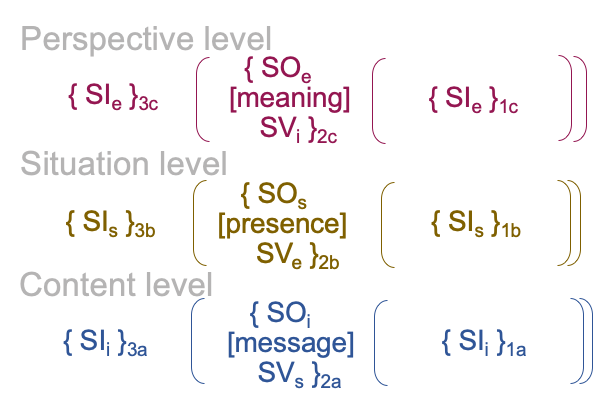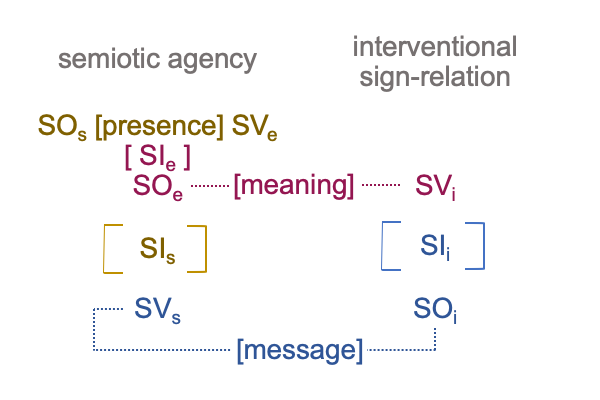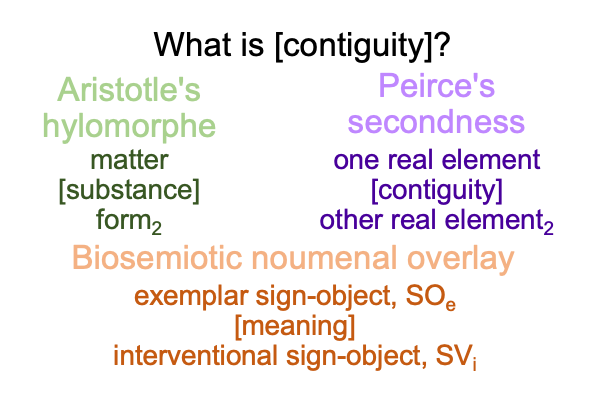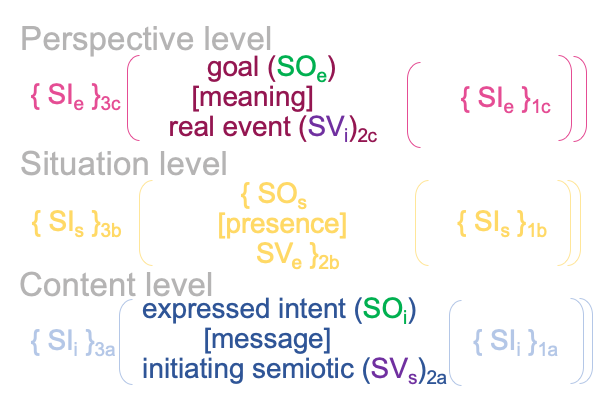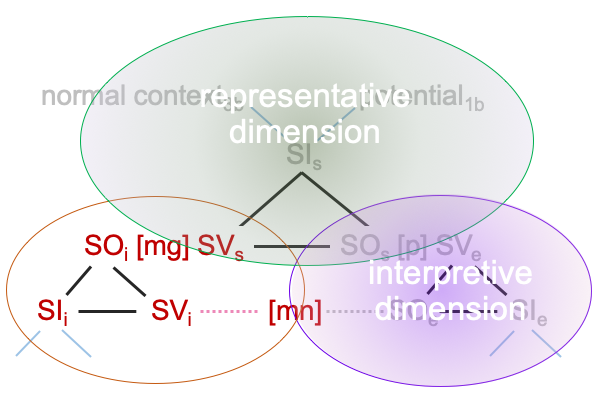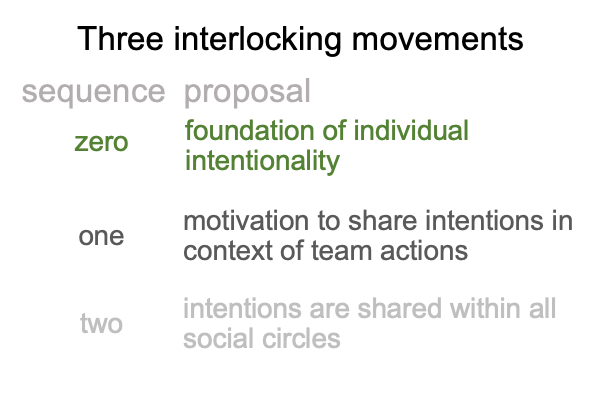Examining Biosemiotics at the Juncture between Non-human and Human Agency (A Look Back and Forward) (Part 1 of 4)
0829 I have, under examination, two texts that bring the inquirer to the door of a truly postmodern discipline of biosemiotics.
0830 The first book is Semiotic Agency: Science Beyond Mechanism, by biosemioticians Alexei Sharov and Morten Tonnessen. The book is published in 2021 by Springer (Switzerland) and logs in at volume 25 of Springer’s Series in Biosemiotics. Series editors are Kalevi Kull, Alexei Sharov, Claude Emmeche and Donald Favareau. These authors and editors have Razie Mah’s permission for use of the continuing disquisition, with attribution of said blogger.
0831 The second book before me is Pathways to the Origin and Evolution of Meanings in the Universe, edited by Alexei Sharov and George Mikhailovsky. Each chapter has its own author(s). The book is published in 2024 by Scrivener Press (Beverly, MA) and logs in as volume 1 in Scrivener’s Series on Astrobiology Perspectives on Life in the Universe. Series editors are Martin Scrivener and Phillip Carmical. Chapter authors and book editors have Razie Mah’s permission for use of the continuing disquisition, with attribution of said blogger.
0832 If biosemiotics is postmodern and scientific, what is modern and scientific?
The modern natural sciences (physics, chemistry, in their diverse applications) and the modern social sciences (including sociology, psychology, anthropology and other, various specialties) conduct empirio-schematic inquires, under the auspices of the Positivist’s judgment.
Here is a picture of the fully modern Positivist’s judgment.
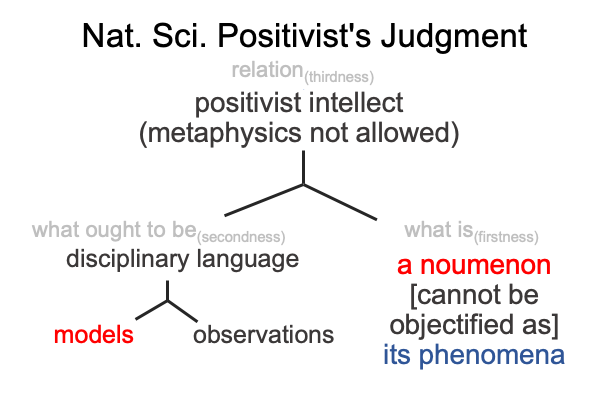
0833 The empirio-schematic judgment occupies the slot for what ought to be and is imbued with secondness (the realm of actuality).
In the empirio-schematic judgment, disciplinary language (relation, thirdness) brings mathematical and mechanical models (what ought to be, secondness) into relation with observations and measurements of phenomena (what is,firstness).
0834 In the following points, I re-capitulate the argument in points 0201 through 0226.
0835 Notice that biology is not listed above.
In some ways, biology goes into the same basket as physics and chemistry, in which the noumenon is obvious. The noumenon is so obvious that triumphalist scientists get around Kant’s slogan (occupying the slot for what is) by substituting a successful model in for the noumenon. Then, a successful model (as the new noumenon) [can be objectified as] its phenomena. This is the character of the laboratory sciences in chemistry, physics and biology.
Here is a picture.
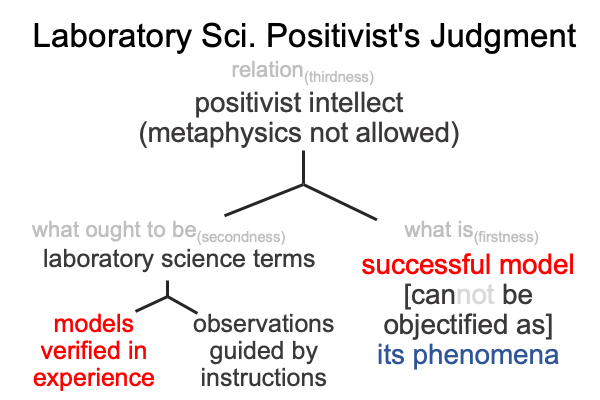
0836 The modern social sciences develop in the same century as the laboratory sciences.
One advantage of laboratory science is that a successful model does not completely occlude its noumenon. The social sciences do not have that advantage. Instead, social scientists observe phenomena with the expectation that there must be a noumenon.
Say what?
0837 The modern social sciences pull their noumena out of their asses and then develop an empirio-schematic charade that substantiates their intuition (that is, their guess of what the noumenon must be.
Here is a picture.

0838 The hocus-pocus of modern social science seems tawdry, at first, but then Edmund Husserl formalizes the process of assessing what the noumenon must be.
Husserl’s phenomenology is so well-targeted that contemporary social scientists blame his followers for pulling noumena out of their asses, then go about claiming that their non-phenomenological assessments of what the noumenon must be are far better, because they are guided by observations and models.
0839 Ahem, let me get this straight.
Phenomenologists use a clearly delineated methodology to determine what the noumenon must be, thereby supporting novel empirical inquiry.
Social scientists…
0840 Stop! My academic audience is agitated.
A highly credentialed sociologist yells, “Hey, you have that wrong!”
“Phenomenologists pull what the noumenon must be out of their asses.”
“Modern social scientists allow data and models to speak for themselves.”


